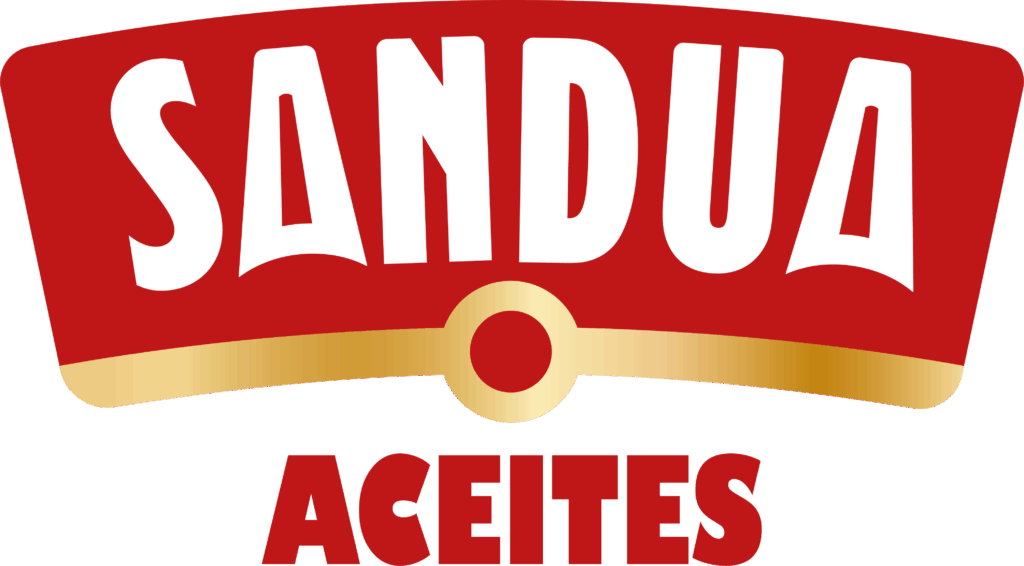The only way to avoid eating this type of fat is to carefully read the list of ingredients in these products. The most common include palm oil and coconut oil are creams and dessert toppings; spreads (margarine and cocoa creams); snacks and cakes (biscuits, bakery products); all kinds of pre-cooked; chips and snacks. In addition, it is also found in many cosmetics, household limipieza and biofuels.
And why is it so damaging palm oil? Because not all fats are equal. Saturated influence increased blood cholesterol, ie fat molecules accumulate in the walls of blood vessels and are obstructing resulting in serious cardiovascular ailments.
Well, palm oil has a high concentration of saturated fatty acids, between 45-55%, compared with an average of 15% in other oils. In addition, it is poor in other fatty acids that are beneficial to health if, as polyunsaturated Omega 3 and Omega 6, which is found in other oils such as olive and sunflower.
In short, palm oil does not follow the NAOS strategy (Nutrition, Physical Activity and Obesity Prevention) Health Protection, which advises the reformulation of foods, decreasing, among others, the saturated fat content.
For if they were few harmful effects palm oil poses to our health, we must add the environmental.
The holding palm surface is about 13 million hectares worldwide, concentrated mostly parteen Indonesia and Malaysia. Low production cost and high performance, these crops have been developed extensively, causing 14% of deforestation in Indonesia and 20% in Malaysia between 1990 and 2005, according to various sources of environmental organizations.
This occurs because palm plantations displace native tropical forests putting endangered species and displacing local communities, and contributing greatly to the emission of greenhouse gases. According to World Watch Organization, Indonesia is the third country that produces greenhouse gases after China and the United States.
Despite all this, the palm oil consumption is growing inexorably. It has gone from 43 million tons in 2009 to 65,000,000 in 2015.
The latest data suggest that Europe is already the second largest consumer of palm oil, behind China, with 4.1 MT, doubling its consumption in the last decade. And although we are one of the largest producers of olive oil, Spain imported about 70,000 tons of palm oil.
The main reasons for its growing consumption are found in its low cost and its ease of transport. This type of fat solidifies at room temperature so it can be transported in any truck, while liquids, such as oils, require special tanks for transportation.
Thus we find that added economic benefit to transport, may place an unhealthy, as the fat consumed in the world.
All this is something we should worry and be alert, because most of the time, either by time or convenience, buy food without looking at its ‘small print’ and this clearly goes against our health, our environment and our necessary and recognized Mediterranean diet.





